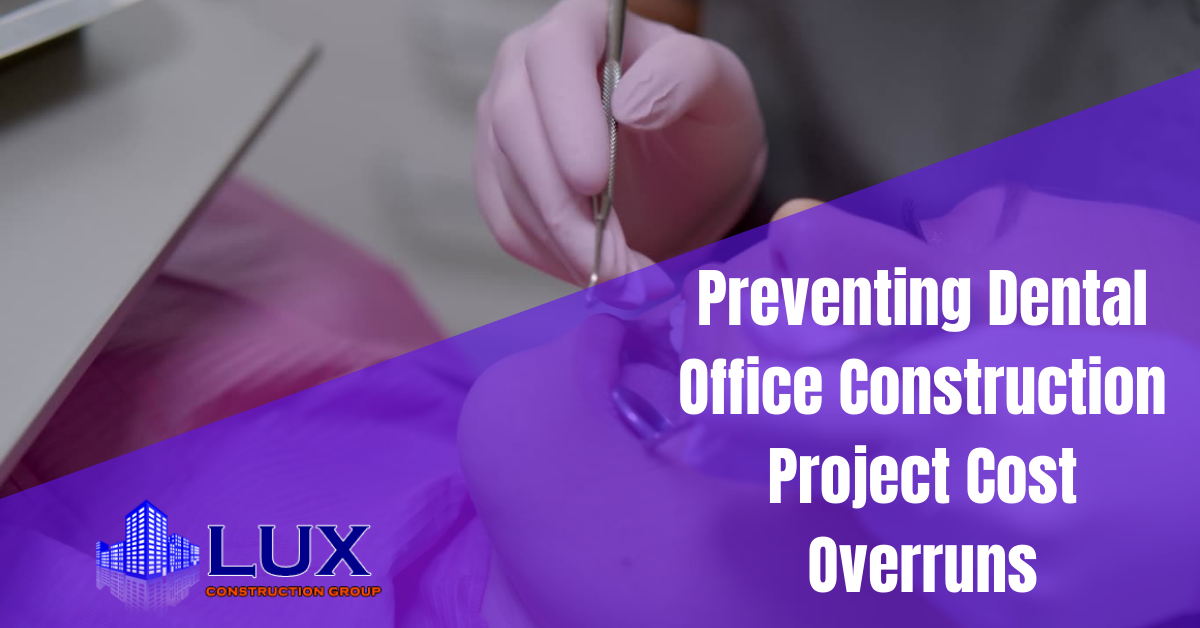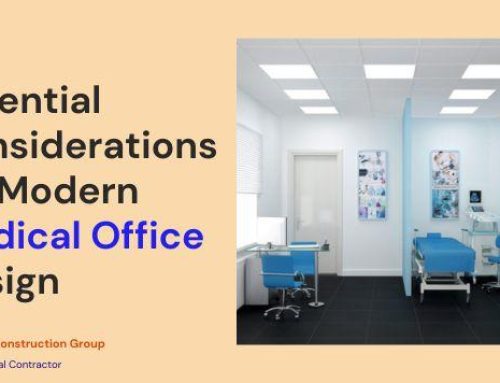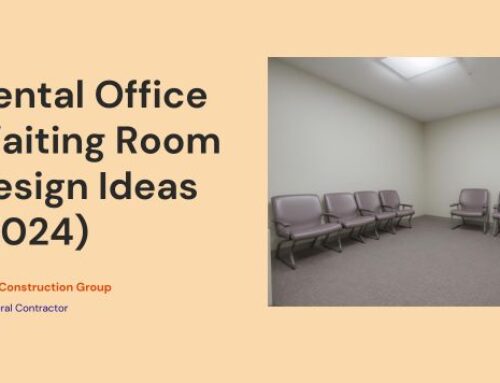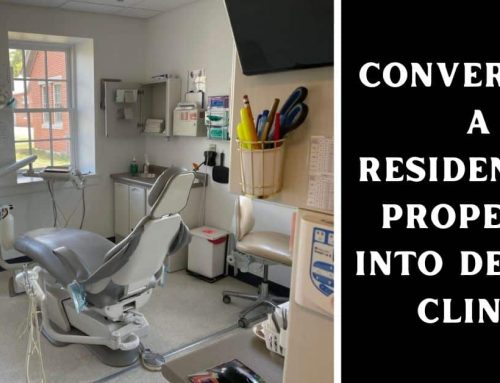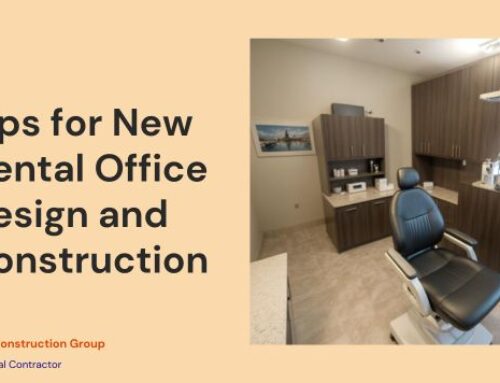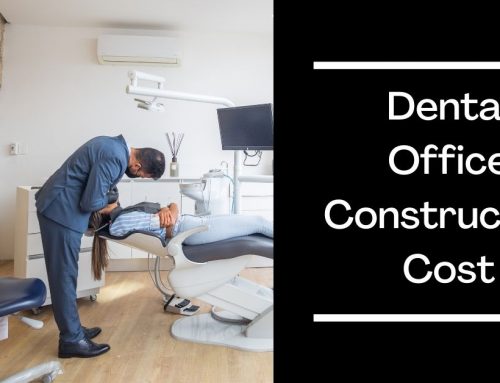The dental office construction budgeting guide is a comprehensive resource that provides expert advice and a step-by-step plan for successfully budgeting and managing dental office construction projects.
In this guide, you will learn about the importance of budgeting in construction, planning and preparation techniques, cost management strategies, budget monitoring and control, and how to avoid common financial pitfalls. Whether you are a dental office owner, architect, or construction manager, this guide will equip you with the tools and knowledge needed to stay on budget and on schedule.
Importance of budgeting in dental office construction
Budgeting is an essential aspect of any construction project, including dental office construction. It allows project managers to determine the cost of the project before it begins and to have a clear understanding of the financial resources required to complete it.
A well-prepared budget also helps to identify potential cost overruns early on, enabling project managers to take corrective action before it’s too late. Additionally, budgeting helps to align the project’s financial goals with the overall goals of the dental office, and it helps to ensure that the final product is delivered within the allocated financial resources.
Overall, budgeting is an important tool for ensuring that dental office construction projects are completed on time, within budget, and to the satisfaction of all stakeholders.
Planning and Preparation
-
Setting construction goals and objectives
In this section, the guide will discuss how to set clear and measurable goals and objectives for the dental office construction project. This will help to ensure that the project is aligned with the overall goals of the dental office and that all stakeholders are on the same page.
-
Identifying project scope and requirements
This section will cover how to identify the full scope of the project, including all the tasks, resources, and timelines required to complete it. This will help to ensure that all necessary elements are included in the budget and that there are no surprises during the construction process.
-
Creating a preliminary construction budget
This section will explain how to create a preliminary construction budget that takes into account all the costs associated with the project, including materials, labor, permits, and contingencies. This budget will serve as a starting point for the project and will be refined as the project progresses. The guide will provide tips and advice for accurate budgeting.
Cost Management Techniques
-
Identifying and controlling project risks
Project risks can come in many forms, such as unexpected weather conditions, delays in materials delivery, or changes in project scope. In this section, the guide will discuss how to identify potential risks and how to develop a plan to mitigate them. Techniques such as conducting a risk assessment, creating a risk management plan, and implementing a system for monitoring and responding to risks will be covered.
-
Negotiating with contractors and vendors
Negotiating with contractors and vendors is an important aspect of cost management. In this section, the guide will provide tips and strategies for negotiating the best prices for materials and labor. It will also cover how to establish clear and realistic expectations with contractors and vendors, as well as how to handle disputes or issues that may arise.
-
Implementing cost-saving measures
There are many ways to reduce costs during a construction project, and this section will cover several cost-saving techniques such as using energy-efficient materials and equipment, implementing a recycling program, and using virtual design and construction (VDC) tools. The guide will also discuss how to make the most out of the budget by reducing waste, maximizing the use of resources, and streamlining the construction process.
Overall, cost management techniques are essential to ensuring that a dental office construction project stays on budget. By identifying and controlling project risks, negotiating effectively with contractors and vendors, and implementing cost-saving measures, project managers can keep costs under control and deliver a high-quality final product.
Budget Monitoring and Control
-
Establishing a budget tracking system
In this section, the guide will discuss the importance of setting up a budget tracking system and how it can be used to monitor the progress of the project in relation to the budget. The guide will describe different budget tracking methods, such as spreadsheets and software, and will provide tips on how to set up an effective system that is easy to use and understand.
-
Identifying and addressing budget variances
This section will cover how to identify and address budget variances, which are differences between the actual cost of the project and the budgeted cost. The guide will discuss how to use the budget tracking system to identify variances and will provide strategies for addressing them, such as renegotiating with contractors or vendors, making changes to the project scope, or finding cost-saving alternatives.
-
Managing change orders and additional costs
Change orders and additional costs can have a significant impact on the budget of a construction project. This section will explain how to manage change orders and additional costs effectively by outlining best practices and procedures for handling them. The guide will also provide tips on how to minimize the impact of change orders and additional costs on the budget and how to maintain good communication with all stakeholders in the project.
Overall, budget monitoring and control is essential to the success of a dental office construction project. By setting up a budget tracking system, identifying and addressing variances, and managing change orders and additional costs, project managers can ensure that the project stays on budget and on schedule. Additionally, regular monitoring and control of the budget can help to identify potential problems early on, enabling project managers to take corrective action before it’s too late.
Perfectionist mentality in dental office construction
The project designer, the architect, and the owners all face the same problem: a perfectionist mentality. Everyone should be aware of and resist the temptation to continue designing into the building phase early on. The dental office construction is very different than other clinic structures. Enough space is required for patients’ waiting rooms, equipment, clinic staff, and reception. A well design clinic attracts more patient but also make it easy for a doctor to operate.
-
Sequential Phases of Project Activity
There are clearly defined, sequential phases to keep track of project activity. Your most innovative ideas should be introduced throughout the early stages of the project’s design process. Here, design modifications may be made with minimal influence on the project’s timeline and budget. Making adjustments to a design after construction has begun is the worst time.
-
Impact of Design Modifications during Construction
Modifications to the design during construction significantly influence the project’s timeline and budget. Change orders are used to describe these modifications. Adding a door, altering a wall, or changing the purpose of two rooms may appear straightforward and fast, but that isn’t always the case. Many drawings in the drawing collection will have to be redrawn to implement these modifications.
-
Time and Money: The Consequences of Design Modifications during Construction
To do all of this requires time, and time equals money…your money. Your construction documents may need to be resubmitted for inspection and approval, depending on the degree of the rework. Additionally, a change in the building permit may be required, which might affect the dental office construction timeline.
-
Neglectful Documentation and Specifications for Building Projects
It’s been said, “The devil lies in the details.” A contractor’s most critical tool for developing your office. The construction plans and specifications, called blueprints—lives up to this adage in so many ways. These plans and specifications set a precedent, outlining the expectations, responsibilities, quality level, and quantity of materials required for the construction crew to follow. Doubt, uncertainty, and conflicts arise when a product is poorly made and lacks relevant information, resulting in additional costs. Contractors only gain when this happens.
Invest in the services of an architect to provide the essential data and information to guarantee correct and solid bids to reduce errors that might lead to modification orders. If the plans are poorly designed, the length of time it takes to evaluate and approve a permit might be lengthened.
Dental office remodeling in Los Angeles is a specialty of ours, and we are well-known across the city and its surrounds.
-
Dental Clinic Construction Contract
It isn’t just any legal contract between two or more parties that can be handled by an attorney when it comes to your dental office development project.
These are construction contracts, and as such, they should be analyzed by lawyers familiar with the construction industry’s inner workings. The contract wording must specify the parties’ expectations and any protocols, methods, roles, deliverables, timetables, and penalties for not completing the work by the selected date.
Contracts should also determine how disagreements will be handled. The general contractor and the project owner are bound by construction contracts that specify their specifics and their respective responsibilities. For this reason, they should be written so that they strengthen, complement, and function in combination with the blueprints. As a reputable dental office contractor in Los Angeles, we are dedicated to providing the highest level of service.
-
Misunderstandings and a lack of continuity
Many disagreements between members of the project team, including the architect, engineers, designers, general contractors, suppliers, and the project owner, have as their common denominator a lack of coordination and miscommunication. These disagreements cannot be eradicated but may be handled and reduced to a minimum. The following should be kept in mind:
-
- Determine whatever type of communication the team prefers and who will be accountable for documenting it.
- Determine who will be the primary point of contact for all parties involved in developing your dental clinic.
- Set up regular meetings to discuss and report on progress.
- Decide how and when the information will be passed from one person to another.
- It’s essential to document and disseminate all conversations to keep the whole team up to date on new developments and duties, even though technology makes it simple to do so.
- Don’t assume anything.
- Before the installation, it is critical to work together to ensure a smooth transition. Otherwise, you run the risk of having to demolish and start again.
-
A Deficit in Construction Administration
Everything we do has a check and balance system in place. There is nothing unique about building a dental practice, and this procedure is called construction administration. The administration of construction projects is a multi-step procedure that includes the following essential elements:
-
- A general contractor must submit fabrication drawings and paperwork of building systems and goods to the Architect of Record (AR) for evaluation and approval before fabrication and purchase for installation of these items.
- Our service and involvement in maintaining technical and code contact with code and building officials must be retained. In addition, it serves as a resource for the general contractor, consultants, and vendors, all of whom rely on it for direction and documentation.
- Construction monitoring and observation, including quality control and design conformance (ensuring that no materials or systems are substituted without the architect and engineer’s study and consent in advance)
- Additionally, this role provides the necessary assessment and approval of payment request submissions.
-
Importance of coordination and communication
As the project’s owner, you would be the first person to speak out in support of it. The architect of the project would be the second person to be mentioned. If you want to ensure that your GC is held accountable for the design and quality stipulated in your office’s construction, construction administration services must be part of the process.
Your dental practice reflects your personal and professional goals, as expressed via the design of the space. It represents your personality, and the kind of care you give to your patients is critical. Your dreams will be realized through our creative designs that satisfy your clinical and aesthetic objectives while also maximizing efficiency and usefulness for your practice’s daily operations.
The specialty of dental office remodeling in Los Angeles
Looking for the best dental clinic design in Los Angeles? If so, you came to the right place. We have a thorough awareness of the functioning and unique requirements of the dental business due to our many years of accumulated experience and knowledge.
Our service is available for you to begin a conversation about your present or future workplace and how we can execute your unique ideas. We hope to hear from you soon.

